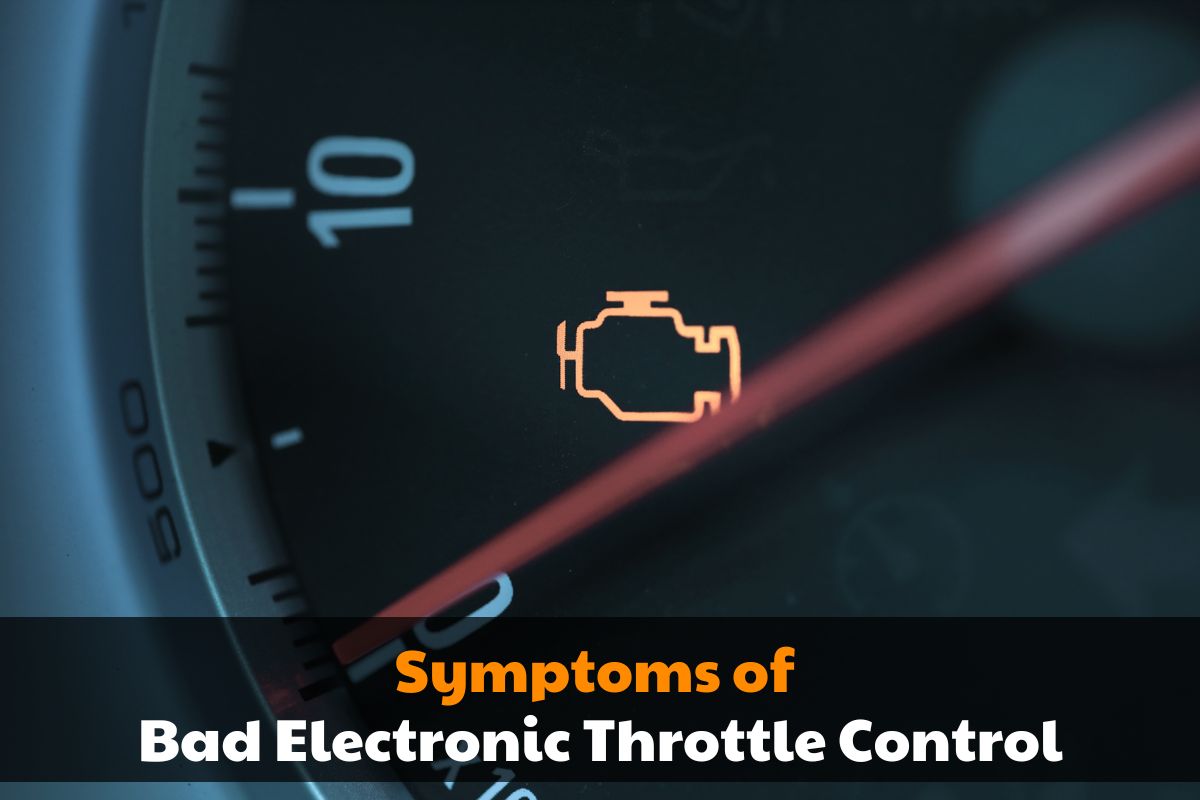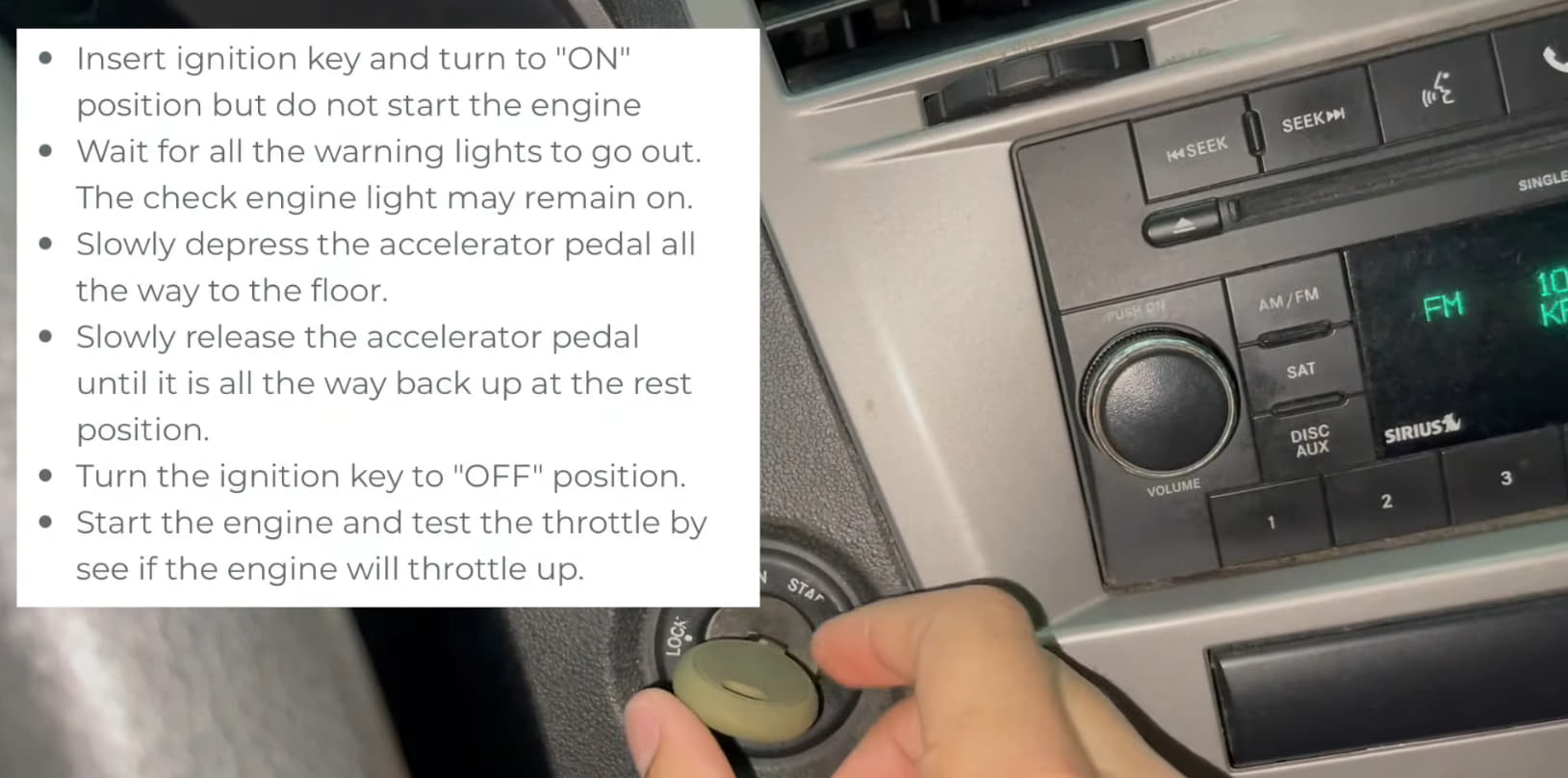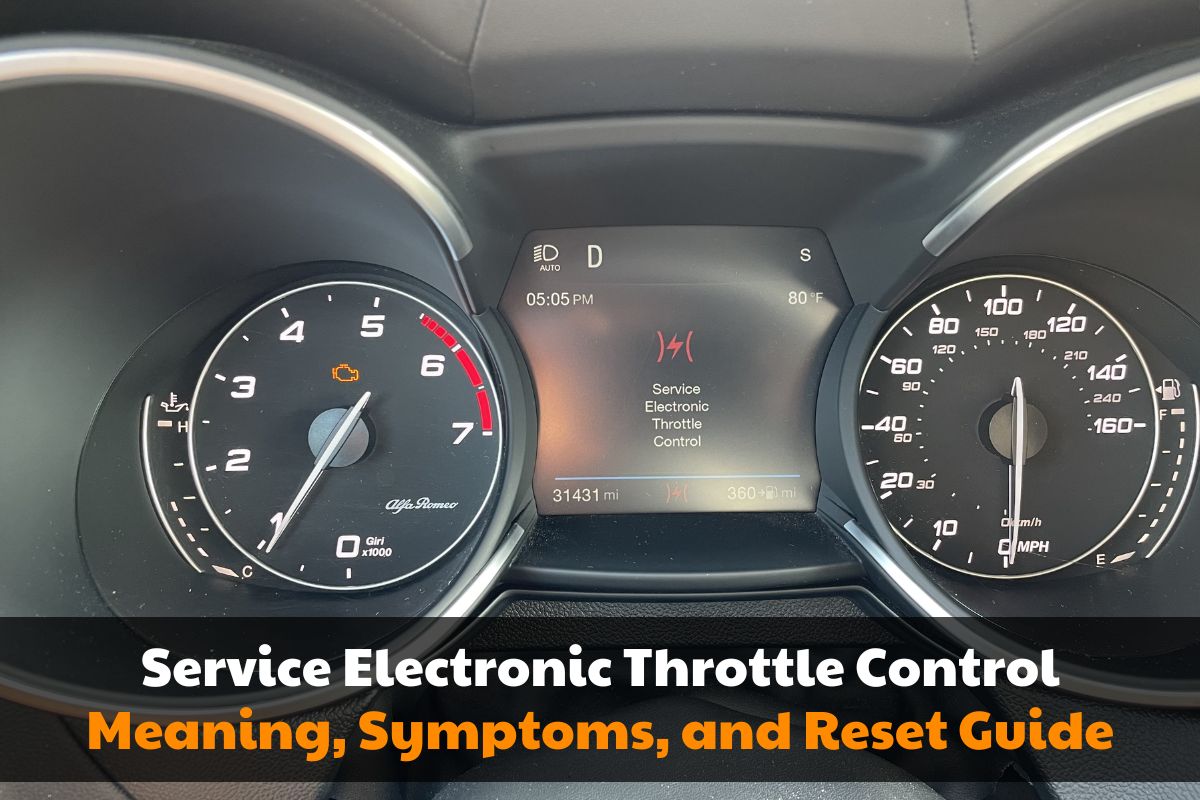Are you having trouble understanding what your car is trying to tell you? Have you been seeing a warning light appearing on your dashboard that reads “Service Electronic Throttle Control” but are unsure of what this means and how it will affect the overall performance of your vehicle?
To help clear up some questions about ETCs and why they are so important for modern vehicles, we’ve prepared an in-depth guide explaining exactly what an electronic throttle control unit does and how it affects everything from engine power to fuel efficiency. In our guide, we’ll show you all the symptoms of a faulty ETC system as well as walk through a step-by-step process for resetting its light if necessary.
Search terms: service electronic throttle control jeep, service electronic throttle control ram 1500, service electronic throttle control meaning, service electronic throttle control jeep grand cherokee, service electronic throttle control ram 2500, service electronic throttle control dodge durango, service electronic throttle control jeep cherokee, service electronic throttle control dodge charger, electronic throttle control, service electronic throttle control ram 3500, How to fix service electronic throttle control
What Does Service Electronic Throttle Control Mean?
Electronic throttle control is a systems approach to managing torque, which means your vehicle will be equipped with the latest in safety and performance features, such as cruise control, traction control, stability control, and precrash systems. This means your ride will be smoother and safer, thanks to the ability to move the throttle regardless of the pedal position.
Why Do We Need an Electric Throttle Control Unit?
Improved Responsiveness
With an electronic throttle control, your car’s engine is able to respond more quickly to your inputs, resulting in a smoother and more linear acceleration. This can be especially useful when cornering or merging onto a highway, allowing you to make precise adjustments without sacrificing speed or control.
Improved Fuel Efficiency
Well, besides improving responsiveness, ETCs also improve fuel efficiency. And who doesn’t want to save money at the gas pump?
By adjusting the throttle to match current driving conditions, ETCs reduce the amount of throttle input required from the driver. This means that when cruising at a constant speed on the highway, the ETC system can adjust the throttle so that you don’t have to keep your foot on the pedal as much. Over time, this can lead to significant savings on fuel costs.
Symptoms of Bad Electronic Throttle Control

Here are some common symptoms of a bad electronic throttle control:
Reduced Engine Power
If you experience symptoms such as reduced engine power or hesitation when accelerating, it could be an indicator of a problem with the ETC. This component is responsible for regulating the air intake to the engine, and any malfunction could lead to a noticeable decrease in performance.
Poor Fuel Economy
As we previously mentioned, the ETC is designed to improve fuel efficiency. If you find that your vehicle is consuming more gas than usual, it could be a sign of an issue with the electronic throttle control system.
Intermittent Loss of Throttle Control
One issue that can arise is intermittent loss of throttle control. This can be caused by disruptions in the electrical connection between the gas pedal and throttle, leading to malfunctions at random times. If this happens while driving, it is crucial to stop the vehicle immediately and have it towed to a mechanic. They can diagnose the issue by scanning for trouble codes and inspecting the sensors, relays, and wiring.
Engine Stalling
One of the most concerning is engine stalling, which could happen when idling or even during driving. This is a safety risk that shouldn’t be overlooked. If you’ve experienced any of these symptoms with your vehicle, it may be time to have the ETC system checked out by a professional mechanic.
Unexpected Acceleration or Deceleration
If the ETC system is not working properly, it can lead to unexpected speeding up or slowing down of the vehicle. In case of an ETC failure, the accelerator may get stuck in an open position and result in sudden acceleration, which can lead to losing control of the vehicle. On the other hand, if the ETC system fails to adjust the accelerator correctly, the car may unexpectedly slow down.
Driving the vehicle in this condition is not recommended. Instead, have it towed to a mechanic who can check for computer codes and repair the throttle control system by replacing or repairing the necessary components.
Engine Stuck in Limp Mode
One of the symptoms of bad electronic throttle control is your engine being stuck in limp mode. Limp mode limits your engine’s speed to a fast idle and low-speed driving, which could indicate a severe failure of the throttle control system.
Rough Idling
If you find that your vehicle shakes and vibrates when idling, it could be a sign that the ETC unit needs to be inspected. This issue occurs when the system fails to regulate the throttle properly, causing the engine to idle at irregular speeds.
Grime Buildup and Airflow Disruptions
While you may not think of grime buildup in the throttle body as being directly related to the ETC, it can have a significant impact on the functionality of the system. Poor airflow can lead to a range of issues, from incorrect fuel-air mixture proportions to fuel-air flow interruptions that can cause the ETC to malfunction.
Check Engine Light
A problem with the ETC system can trigger the check engine light to illuminate. However, it is important to note that the check engine light can also indicate other engine issues. Therefore, if the light comes on, it is advisable to consult a mechanic to diagnose the specific problem.
How to Reset the Electronic Throttle Control Light?

To reset the electronic throttle control light, follow these steps:
Section1: Resetting the Electronic Throttle Control Light
- Ensure the accelerator pedal is fully released.
- Turn the ignition switch to the “ON” position and wait for at least 2 seconds.
- Turn the ignition switch to the “OFF” position and wait for at least 10 seconds.
- Turn the ignition switch back to the “ON” position and wait for at least 2 seconds.
Section 2: Alternative Methods for Resetting the Light
Method 1: Battery Disconnection
- Safely disconnect the negative cable from your vehicle’s battery.
- Leave the cable disconnected for up to five minutes.
- Reconnect the negative cable to the battery.
Method 2: Engine Control Module Fuse Removal
- Locate the fuse for your engine control module (refer to your vehicle’s manual for assistance).
- Carefully remove the fuse from its designated slot.
- Leave the fuse disconnected for up to five minutes.
- Reinsert the fuse back into its original slot.
Method 3: Throttle Body Disconnection
- Consult your vehicle’s manual to locate the throttle body.
- Carefully disconnect the throttle body.
- Leave the throttle body disconnected for a few minutes.
- Reconnect the throttle body.
Section 3: Troubleshooting and Further Assistance
If you’re still seeing the electronic throttle control light even after following the steps mentioned above, it might signify a more serious problem. It is highly advised to take your vehicle to a qualified mechanic for a comprehensive diagnosis and repair.
How much does it cost to fix electronic throttle control?
For those on a tight budget, the good news is that a simple fix for a faulty sensor can be done at an affordable price point of $150-$200. However, if the issue is more complex – involving the pedal linkage or throttle position module – expect to pay around $438. And for those dealing with problems related to the butterfly valve or throttle body itself, the cost can go up to $650.
What is the average cost of a throttle body replacement?
Throttle body replacement costs can range from $70 to $1,000 on average. The price will depend on the type of car you drive, as well as how complex the repair is. You’ll also need to factor in labor costs, which vary depending on where you take your vehicle for service. On average, expect to pay around $300-$400 for a throttle body replacement.
Conclusion
Electronic throttle control is a complex system that can cause a range of issues if it malfunctions or isn’t maintained properly. If you experience any of the warning signs, such as engine stalling, unexpected acceleration or deceleration, or your check engine light coming on, you should take your vehicle to a qualified mechanic right away. It’s also important to keep up with regular maintenance in order to prevent costly repair bills in the future. Understanding how the electronic throttle control works and what to look out for will help ensure your safety and save you money down the line.

 ˈsərvəs
ˈsərvəs
dịch vụ
danh từ
chức vụ, công tác, dịch vụ, phục vụ, sự giao banh, sự phân phát, sự phục vụ, sự săn sóc, việc làm, vụ

I’m Timothy Ballard, owner of a used car dealership in Springfield. I love just about everything automotive, but I have a special place in my heart for trucks. I’m an ASE Certified Master Technician, so I know my way around a car. In my spare time, I enjoy traveling with my family and hiking new trails.

To troubleshoot potential issues with your vehicle’s performance, follow these steps in a logical order:
Begin by checking the air filter for any restrictions and clean the Mass Air Flow (MAF) sensor.
Proceed to inspecting the throttle body, ensuring that the electrical connection is secure.
Although uncommon, also check the connection at the accelerator pedal.
If no problems are found, it may be necessary to remove the throttle body for cleaning.
During the cleaning process, check for excessive oil buildup and any dirt, which may indicate a compromised air filter or a leak between the filter and throttle body.
Verify that the throttle plate has a full range of motion and can close properly.
You can remove the plastic cover on the side of the throttle body by gently removing the clips. Clean the brushes and contacts.